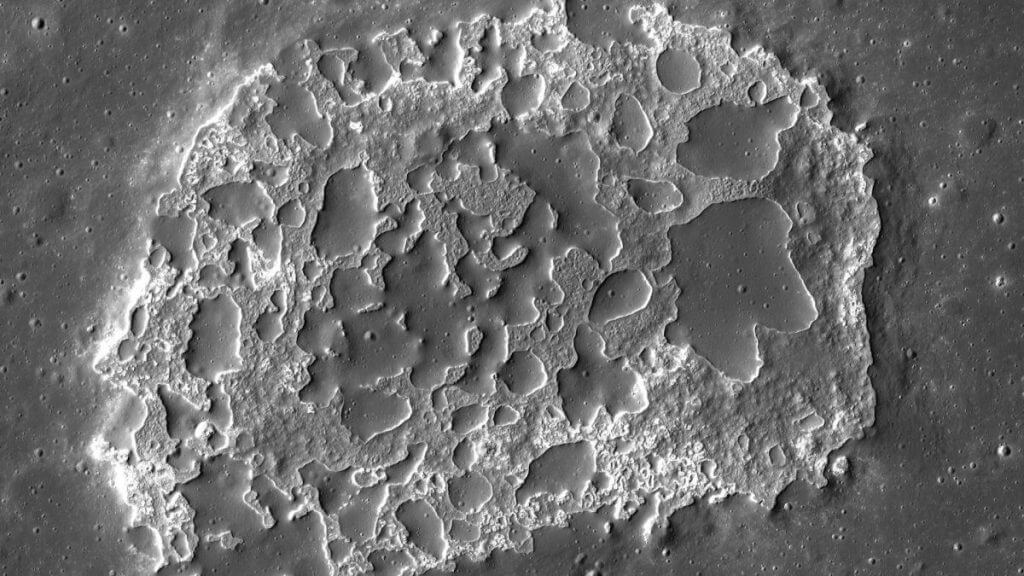Volcanoes erupting on the moon billions of years ago may have created a layer of ice under the lunar surface, a new study suggests.
The lava these active volcanoes spewed turned into maria, the dark regions that cover the moon‘s lowlands. But those volcanoes also belched out water vapor. As it touched the frigid moon, the water vapor would have frozen solid, forming a layer of ice a few meters under the lunar surface, researchers reported in the new study.
“We envision it as a frost on the moon that built up over time,” lead study author Andrew Wilcoski, a planetary scientist at the University of Colorado Boulder, said in a statement.
Related: Water on the moon is more common than we thought, studies reveal
In the study, the researchers simulated the surface of the moon as it would have looked and behaved some 2 billion to 4 billion years ago, with periodic volcanic eruptions on a still-active world. They assumed that a volcano erupted, on average, every 22,000 years.
Even billions of years ago, the moon had no atmosphere. But those volcanic eruptions would have released considerable amounts of other gases, including water vapor. Those gases would have been enough to swirl around the entire moon and cover it with little temporary atmospheres.
Those atmospheres wouldn’t have been particularly long-lived, however; they would have dissipated into space after just a thousand years or so. But, the researchers found, even that short amount of time would have been enough for much of the water vapor to freeze into ice and settle back down, especially near the poles.
The discovery has applications for future human lunar missions. Finding liquid water on the moon is increasingly important as astronauts and engineers start thinking about how to live on the moon sustainably, without having to ship vital supplies, like water, from Earth.
Although previous research has confirmed the presence of water ice on the moon, scientists are still working to understand its location, geographic spread, how much lunar dust is mixed in, and other factors that will impact whether ice can be used as a resource.
If the researchers’ work, published May 3 in The Planetary Science Journal, is confirmed, it might point to key treasure lying under the poles.
Follow us on Twitter @Spacedotcom and on Facebook.

